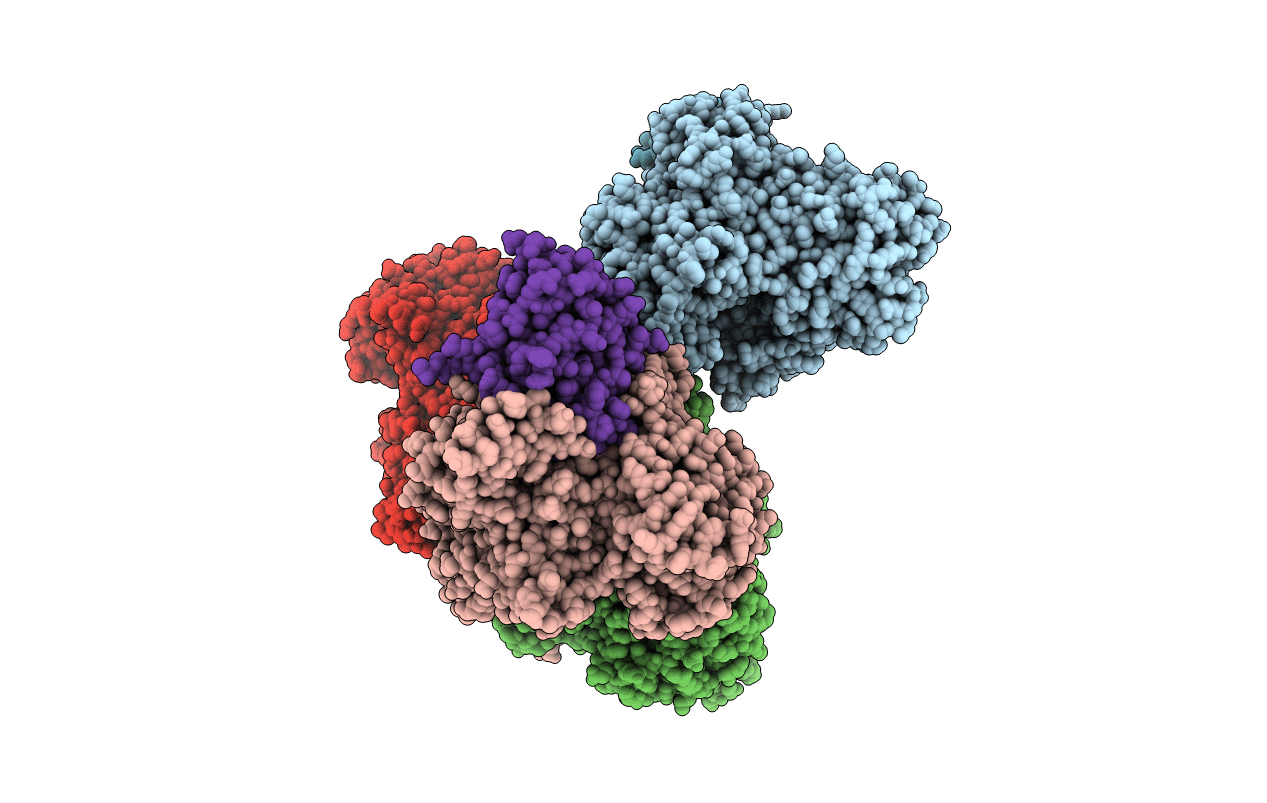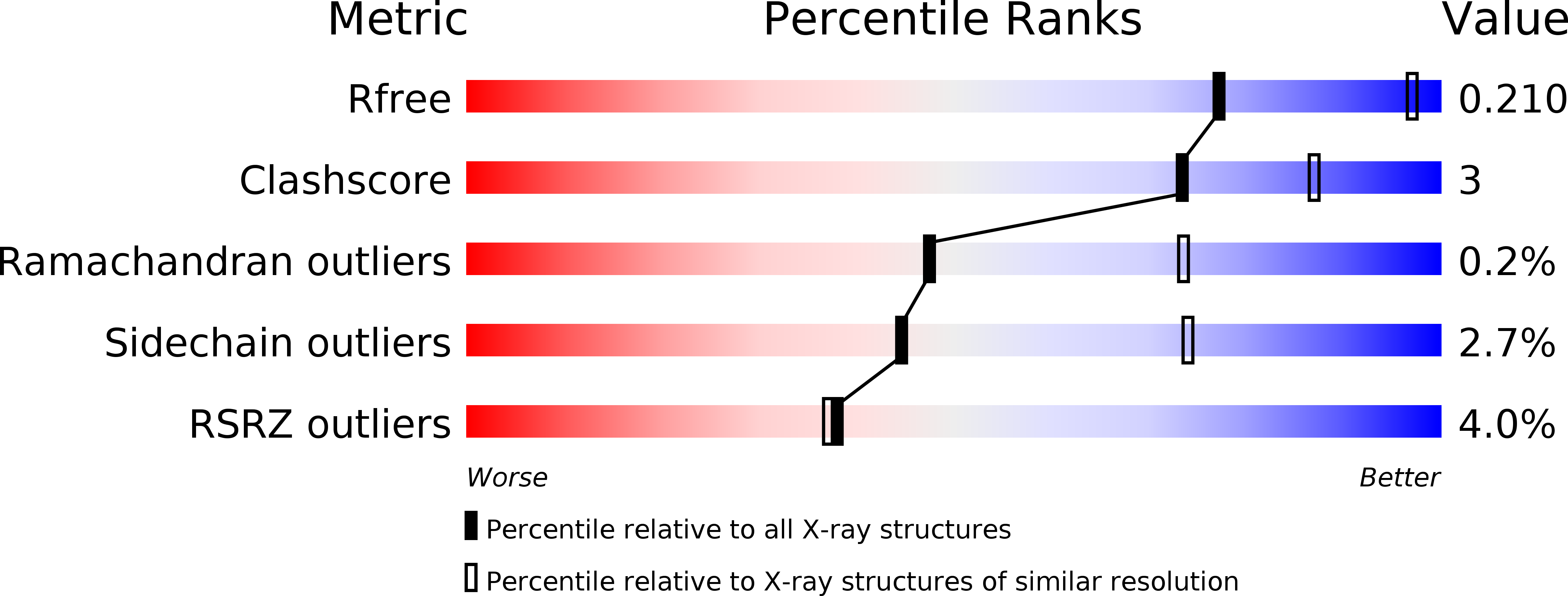
Deposition Date
2011-12-05
Release Date
2012-12-12
Last Version Date
2023-12-20
Entry Detail
PDB ID:
4AAY
Keywords:
Title:
Crystal Structure of the arsenite oxidase protein complex from Rhizobium species strain NT-26
Biological Source:
Source Organism:
ARSENITE-OXIDISING BACTERIUM NT-26 (Taxon ID: 97708)
Host Organism:
Method Details:
Experimental Method:
Resolution:
2.70 Å
R-Value Free:
0.21
R-Value Work:
0.19
R-Value Observed:
0.19
Space Group:
P 21 21 2


